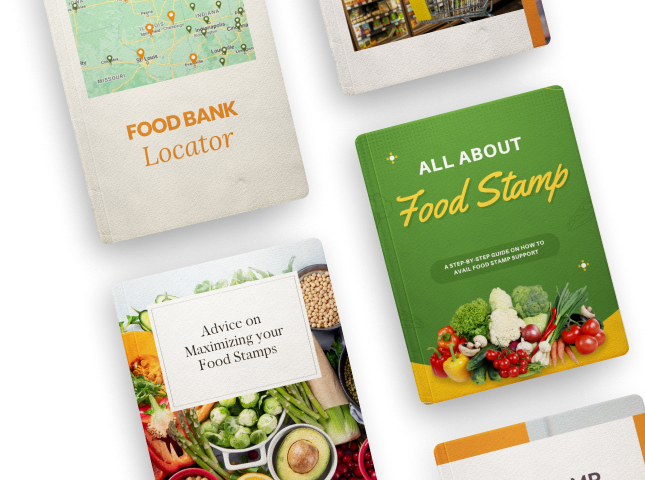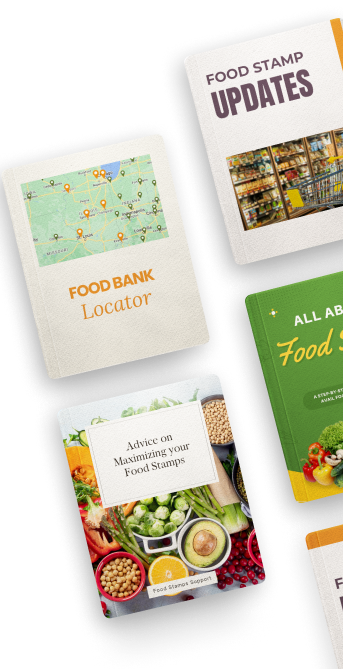8 Vital Food Stamp Support Programs in the U.S.: Understanding the Fight Against Hunger

1. The Supplemental Nutrition Assistance Program (SNAP)
The USDA-run SNAP is the largest federal food aid program in the United States. It provides financial support for low-income individuals and families to buy food items by offering them an Electronic Benefits Transfer (EBT) card used at participating retailers. Eligibility for this vital service depends on household income, size, and expenses reviewed thoroughly by the Department of Agriculture.2. Women, Infants, and Children (WIC) Program
The federally funded program provides nutrition assistance to pregnant women, new mothers, infants, and children under five years old with limited resources. This vital program offers nutritional education, breastfeeding support, referrals to health care services, and supplemental food vouchers to help pay for healthy foods.3. The National School Lunch Program (NSLP)
Sponsored by the U.S. Department of Agriculture, this program provides nutritionally balanced meals to school-aged children in over 100,000 public and non-profit private schools across the country. The NSLP also works to improve the health and nutrition of students by providing meals that meet the Dietary Guidelines for Americans.4. The Summer Food Service Program (SFSP)
The SFSP is a USDA-funded program feed needy schoolchildren during summer holidays. In addition to providing food assistance, it helps children in need access health care and nutrition activities. The government established it to fill the gap when children are out of school for summer break.5. The Emergency Food Assistance Program (TEFAP)
Since its establishment in 1981, TEFAP has provided food to over 5 million Americans monthly. It provides USDA commodities to low-income individuals and families in need. State agencies distribute the commodities to local food banks, pantries, and partner organizations.6. The Commodity Supplemental Food Program (CSFP)
The CSFP program has operated since 1969, providing food to elderly persons (60 years of age or older) who face nutritional risk. It provides a monthly CSFP box of supplemental food items high in protein, calcium, and iron. The boxes also include nutritious staples such as canned fruits and vegetables, cheese, juice, and cereal. It's one of the most important food stamps support programs for elderly persons at risk of malnutrition.7. The Child and Adult Care Food Program (CACFP)
The program ensures that children and adults who receive care away from home have access to nutritious meals. The CACFP serves over 3 million children in registered daycare centers, after-school programs, and residential care centers.It also provides meals to adults in congregate meal sites in daycare centers and emergency shelters. The beauty is that it's also available for households who need assistance delivering meals when caring for an elderly adult or disabled family member. Households must meet the income guidelines set by the USDA to qualify.
8. The Senior Farmers' Market Nutrition Program (SFMNP)
The SFMNP grant program gives seniors access to fresh, locally grown fruits and vegetables. Individuals over 60 can purchase produce from local farmers' markets and roadside stands through it. It helps promote community health and agriculture while providing access to nutritious foods for seniors who may not have the resources to purchase fresh foods. This program offers coupons to income-eligible seniors to use local markets and creates jobs and economic opportunities in rural farming communities.The USDA provides numerous programs to provide supplemental and emergency food support, nutrition education, and resource management training. The USDA provides individuals of all ages with the necessary resources to maintain healthy lifestyles. The above programs represent others that play an essential role in curbing food insecurity.













